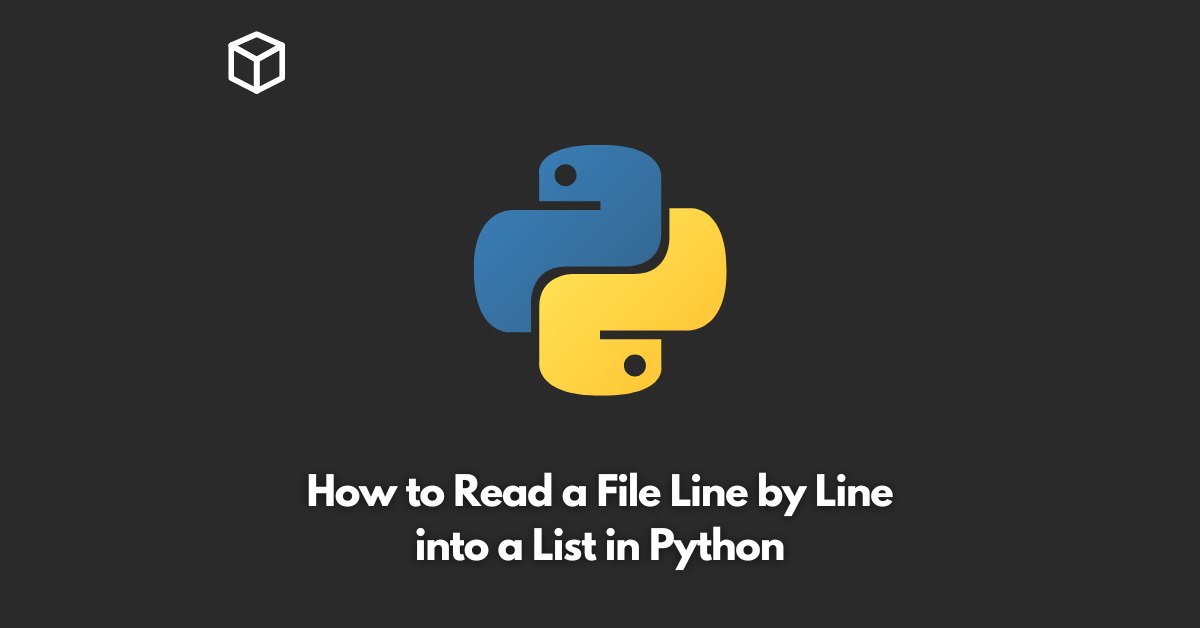As a software developer, reading and manipulating text files is a common task in many projects.
One of the most straightforward methods to do so is to read the file line by line and store each line as an element in a list.
In this article, we will discuss the process of reading a file line by line into a list in Python.
Prerequisites
Before we dive into the code, you need to have a basic understanding of the following concepts:
- Opening and closing files in Python
- List data structure in Python
If you are unfamiliar with these concepts, we recommend you to take a quick refresher.
Method 1: Using a For Loop
One of the simplest ways to read a file line by line into a list is to use a for loop.
Here’s an example that demonstrates the process:
# Open the file
with open("sample.txt", "r") as file:
# Create an empty list
lines = []
# Iterate over the lines in the file
for line in file:
# Strip the newline character
line = line.strip()
# Add the line to the list
lines.append(line)
# Print the list
print(lines)
In the above code, we first opened the file using the open function.
The with statement ensures that the file is automatically closed once we are done with it.
Next, we created an empty list called lines to store the lines from the file.
We then used a for loop to iterate over each line in the file.
For each line, we stripped the newline character using the strip method, and then added the line to the lines list using the append method.
Finally, we printed the lines list to verify that all the lines from the file have been successfully stored in the list.
Method 2: Using the readlines() Method
Another way to read a file line by line into a list is to use the readlines method.
Here’s an example that demonstrates the process:
# Open the file
with open("sample.txt", "r") as file:
# Read all the lines from the file
lines = file.readlines()
# Strip the newline characters
lines = [line.strip() for line in lines]
# Print the list
print(lines)
In the above code, we opened the file and used the readlines method to read all the lines from the file into a list.
Unlike the previous example, this method reads all the lines from the file at once and stores them in a list, which can be more efficient if you are working with a large file.
Next, we used a list comprehension to strip the newline characters from each line.
Finally, we printed the lines list to verify that all the lines from the file have been successfully stored in the list.
Conclusion
Reading a file line by line into a list is a common task in Python, and there are multiple ways to achieve this.
In this article, we discussed two methods to do so, using a for loop and the readlines method.
Choose the method that best fits your needs and requirements, and start reading files like a pro!




